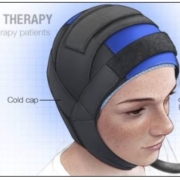Cold Cap Therapy – Keeping Your Hair throughout Chemotherapy
cold cap therapy – keeping your hair throughout chemotherapy
Cold Cap Therapy is used on patients during chemotherapy treatments to prevent the loss of their hair.
What is Cold Cap Therapy?
Cold cap therapy, requires the use of a special cap or set of caps, cooled to very cold temperatures (-22F), and worn for a period of hours before, during and after each chemotherapy treatment. The blood vessels leading to the hair follicles are constricted by the cold, reducing the amount of chemo drugs that reach the follicles, allowing the patient to keep the majority of his/her hair! The treatment, which originated in Sweden, has been available in several European countries for 20 years, as well as Australia and New Zealand. Patients in the United States learned of the process and several thousand have successfully used it within the last several years.
How Does it Work?
According to The Rapunzel Project, studies have shown that cold caps slow down the metabolic rate at which hair cells absorb nutrients or anything else in the blood. Therefore, when the chemo in the blood goes into the hair follicles the absorption rate is minimal, and most hair can withstand this level of attack. Although some thinning may still occur, the majority of hair remains.
FDA Cleared for Breast Cancer Patients!
Cold Caps were still in clinical trials in the U.S. until December of 2015, when the FDA approved a specific cold cap for breast cancer patients beginning in January of 2016. ABC News did a report on the FDA approval of the Dignitana DigniCap Cooling System. This specific type of cap consists of a computer-controlled device that circulates cold liquid to a cooling cap worn during chemotherapy treatment.
Clinical Trial Results:
In the U.S. clinical trial, seven out of 10 patients with early stage breast cancer receiving the treatment kept at least 50 percent of their hair. No harmful effects were reported, but the treatment is only for solid tumor cancers, not blood-based ones because of a concern with metastasis in the scalp.
Negatives to Cold Caps:
- Expensive – The DigniCap costs around $400 to $500 per chemotherapy treatment
- Uncomfortable at first
- Timely and takes efforts of volunteers
Other Cold Cap Options:
- Penguin Cold Caps
- Chemo Cold Caps
Nashville Location with Freezers available to cold cap users:
Vanderbilt Breast Center at One Hundred Oaks – Nashville, TN
If Cold Capping is not an option for you or you want to make sure you have a back up plan: Call us at HPIHair 615-662-8722 for a complimentary consultation to determine the best option for you!







